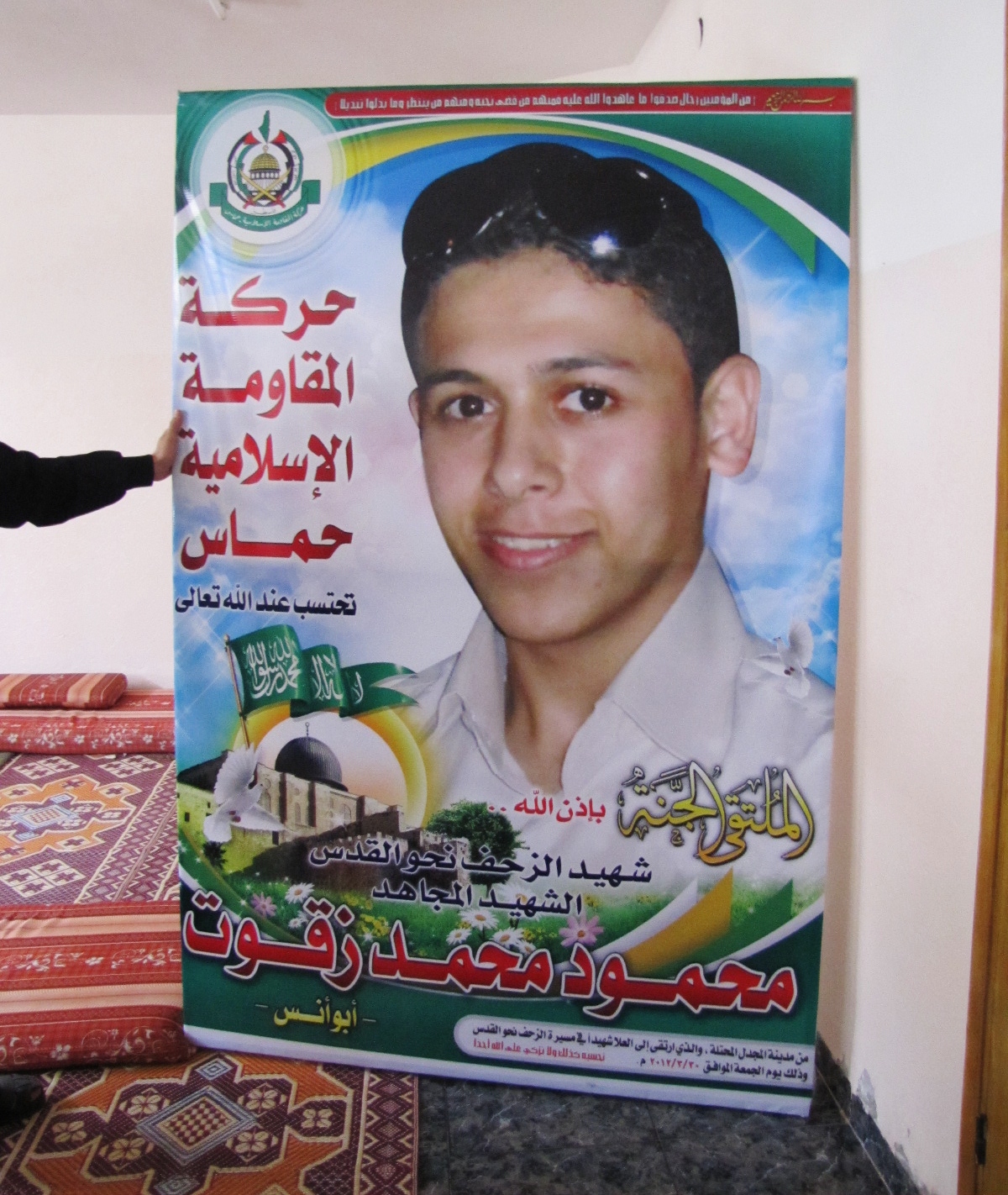Tag: Beit Hanoun
-
Gaza: The march for prisoners within a prison
by Nathan Stuckey 18 April 2012 | International Solidarity Movement, Gaza April 17th is Palestinain Prisoners Day. All over Palestine demonstrations were held in solidarity with the approximately 5,000 prisoners still held in the occupations jails. Bait Hanoun was no exception, this week the weekly demonstration against the occupation and the no go zones were…
-
Beit Hanoun remembers Vittorio: “When he spoke you had to listen”
by Nathan Stuckey 11 April 2012 | International Solidarity Movement, Gaza One year ago Vittorio Arrigoni was murdered. Since coming to Gaza, Vik, as everyone knew him, had been a regular at Beit Hanoun’s weekly demonstrations against the no go zone and the occupation. Vik had devoted his life to ending the occupation. Sadly, he…
-
Mahmoud, 19 years old, killed at Erez during Land Day between dreams and hopes: The words of his family
by Rosa Schiano 11 April 2012 | il Blog di Oliva On Friday 30th March, during the “Land Day,” Gaza joined the Global March in order to remember the confiscation of Palestinian lands by Israel which were protested against on the 30th March 1976. 6 Palestinians were killed and hundreds were injured. In Gaza this…



